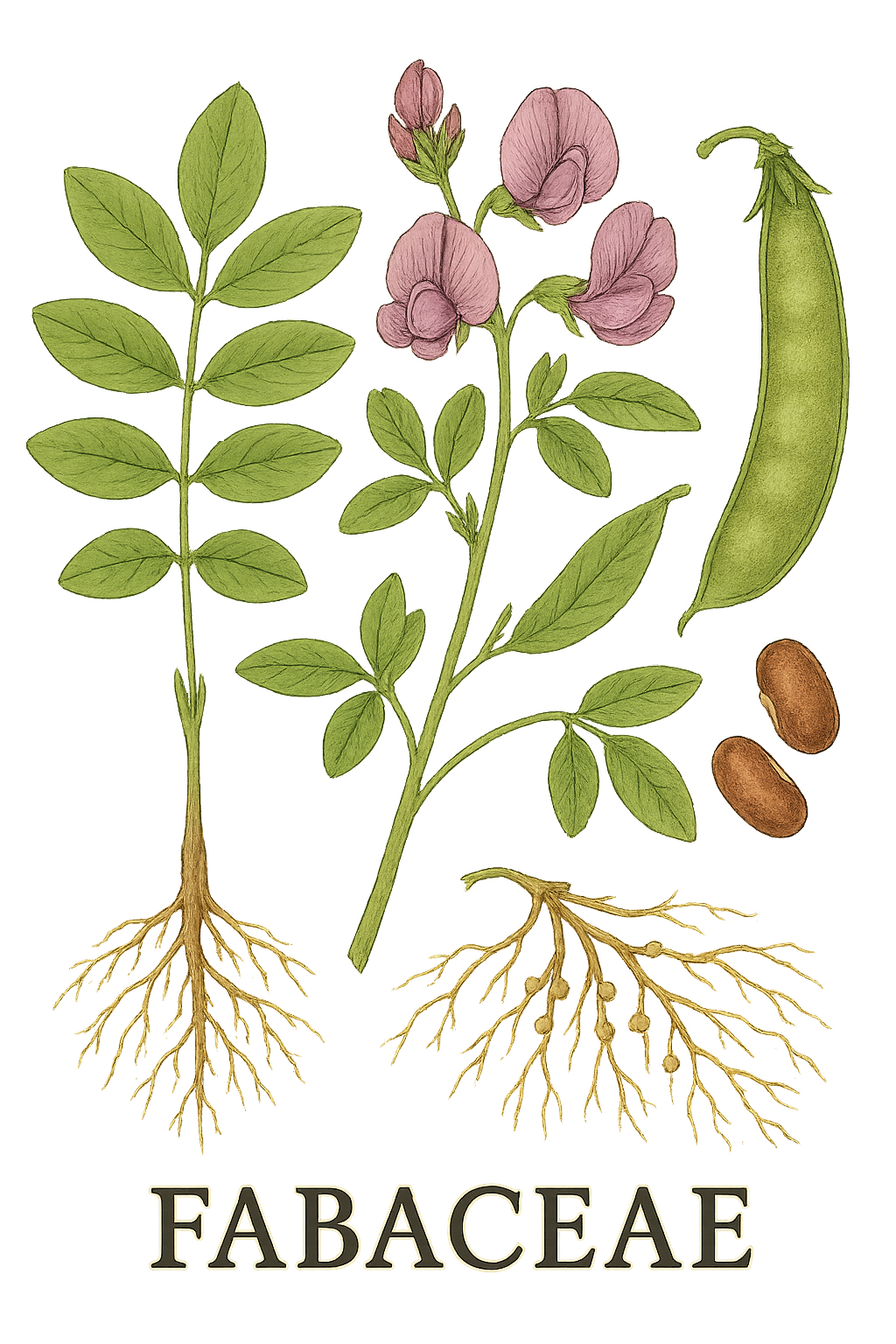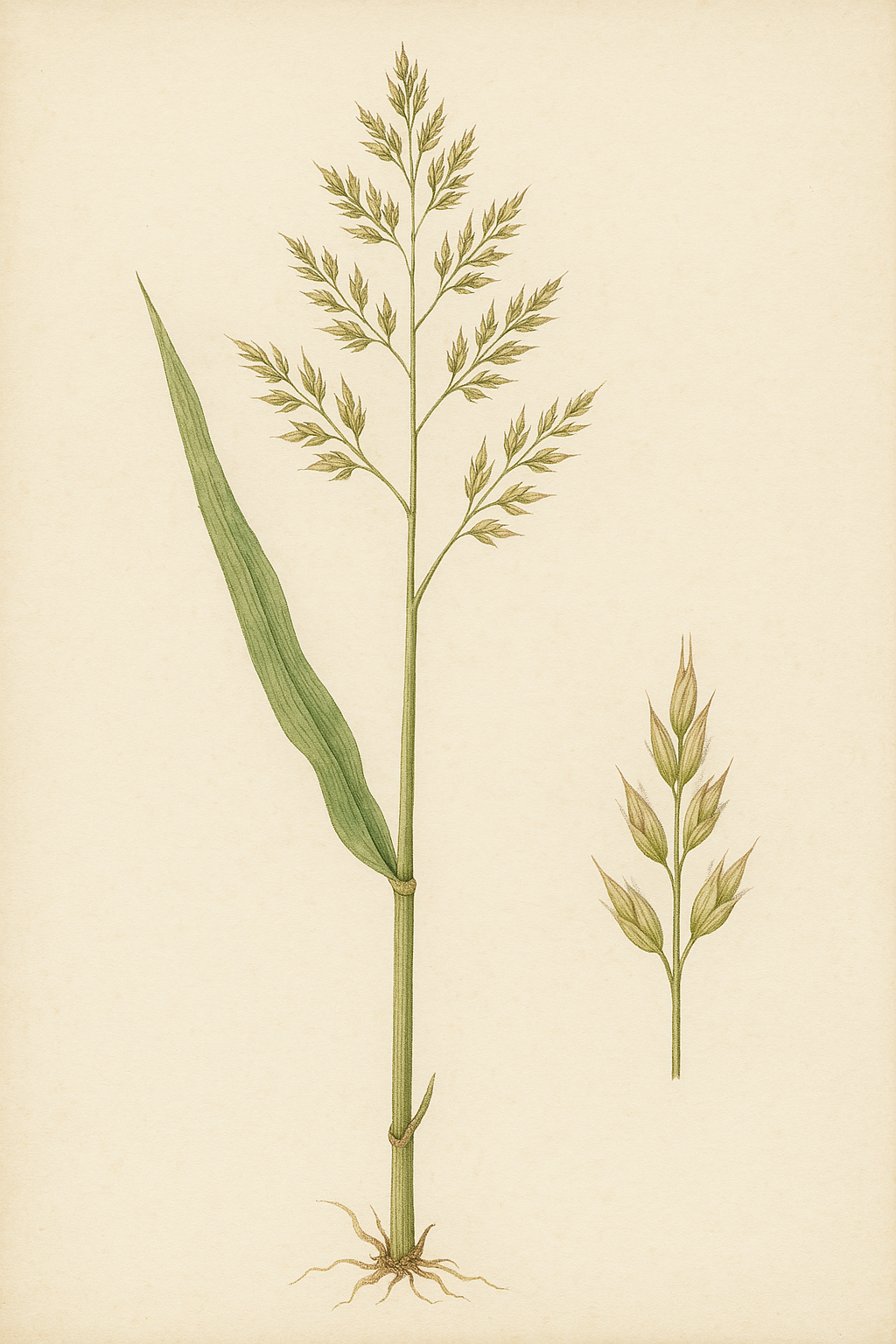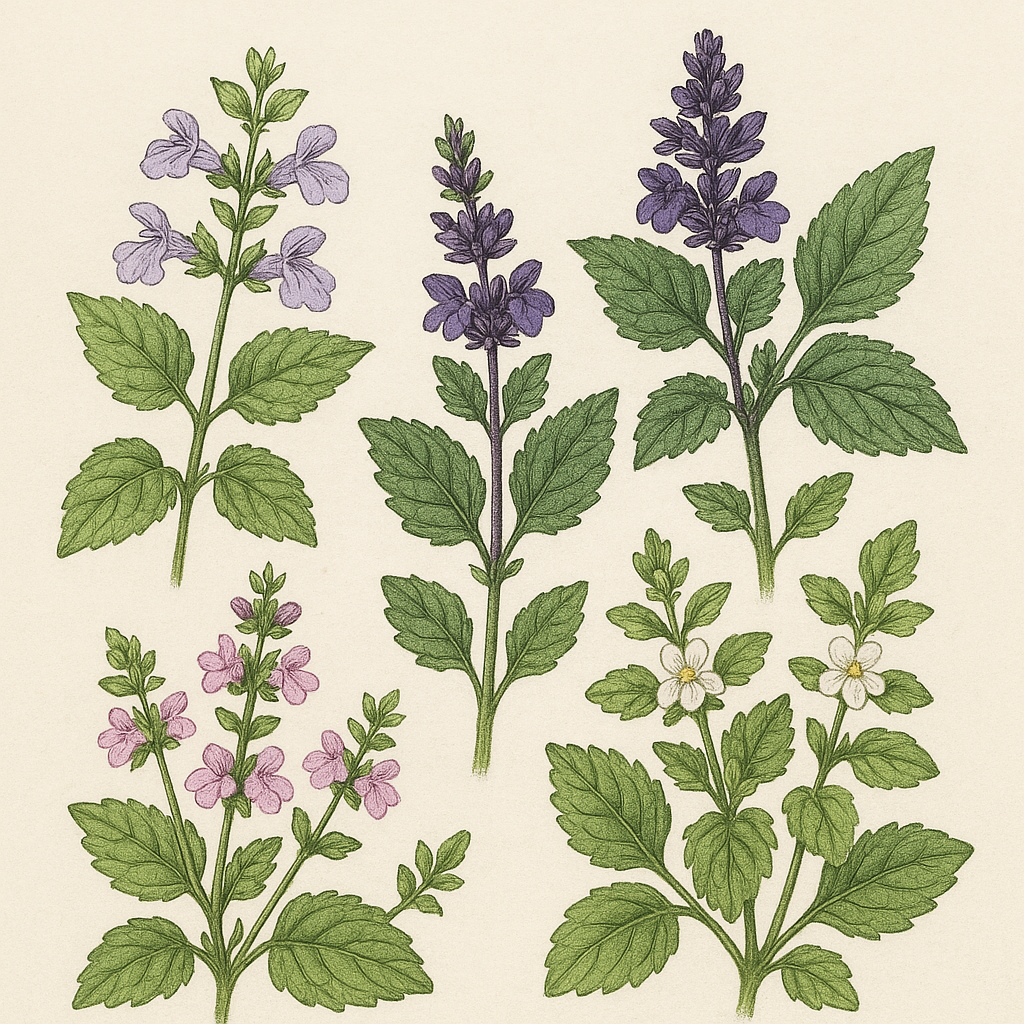Field Identification Guides
Learn how to identify plant families in the field using easily observable characteristics. Our comprehensive guides help you recognize key features without specialized equipment, focusing on practical skills for botanists, students, and nature lovers.
Multiple Approaches to Plant Identification
Effective plant identification often involves integrating information from various sources. Depending on the season, available plant parts (leaves, flowers, fruits, buds), and your familiarity with botanical terms, some approaches may be more useful than others. Our guides provide multiple entry points, exploring vegetative structures, reproductive details, ecological context, and seasonal changes to help you identify plant families regardless of your experience level or the plant material available.
If you’re unfamiliar with any botanical terminology, check out our Botanical Glossary for definitions of key terms.
Comprehensive Identification Guides
Dive deeper with our detailed guides focusing on specific plant features crucial for accurate family identification. Each guide provides clear explanations of terminology, illustrative examples from diverse plant families, helpful comparisons, and practical field identification tips to build your botanical skills.
Leaf Morphology Guide
Learn about leaf arrangements, shapes, margins, venation patterns, and specialized modifications that can help identify plant families.
- Leaf arrangements (alternate, opposite, whorled)
- Simple vs. compound leaves
- Leaf shapes and margins
- Venation patterns
- Specialized leaf modifications
Flower Structure Guide
Explore flower symmetry, floral parts, inflorescence types, and specialized structures that are diagnostic for specific plant families.
- Flower symmetry (radial vs. bilateral)
- Floral parts and their arrangements
- Inflorescence types
- Specialized floral structures
- Pollination syndromes
Fruit Types Guide
Discover the diversity of fruit types and how they can be used to identify plant families, even after flowering has ended.
- Simple fruits (dry and fleshy)
- Aggregate fruits
- Multiple fruits
- Accessory fruits
- Dispersal mechanisms
Winter Identification Guide
Learn to identify deciduous trees and shrubs during dormancy using bark, buds, twig features, leaf scars, and persistent fruits.
- Bark textures and patterns
- Bud arrangement, shape, and scales
- Twig characteristics (pith, lenticels)
- Leaf scar shapes and bundle scars
- Persistent fruits and seeds
Geology & Plant Indicators Guide
Explore how underlying rock types (limestone, serpentine, granite, etc.) influence soil chemistry and support distinct plant communities.
- Indicator species concepts
- Limestone (Calcareous) flora
- Serpentine soil specialists
- Granite (Acidic) flora
- Plants of sandy or wetland soils
Roadside Botany Guide
Discover the surprising diversity of resilient plants thriving along America's roadsides, ditches, and disturbed verges. This guide covers identification tips, common families, widespread species, invasive alerts, and crucial safety advice for exploring these unique habitats.
- Explore diverse roadside microhabitats (ditches, banks, edges).
- Identify key plant families common nationwide (Asters, Grasses, Legumes).
- Recognize widespread roadside weeds & wildflowers.
- Learn about invasive species spread and identification.
- Master essential safety practices for roadside exploration.
Field Identification Tips
Successful plant identification in the field requires more than just botanical knowledge. It involves careful observation, pattern recognition, and considering the plant within its environment. Here are some practical tips to enhance your identification skills:
Essential Equipment
- Carry a hand lens (10x or 15x) for examining small features like hairs, glands, and bud scales.
- Use a field notebook and pencil to sketch features and record observations (location, date, habitat, associated species).
- Take clear photographs from multiple angles: overall habit, close-ups of leaves (top & bottom), flowers, fruits, buds, bark. Include an object for scale if possible.
- Consider a small ruler for measuring parts.
- Bring relevant field guides or utilize reliable identification apps (but always verify app suggestions).
Observation Techniques
- Examine the entire plant: overall size and shape (habit), branching pattern, bark texture.
- Note the habitat precisely: Is it a wet ditch, dry ridgetop, shady forest floor, open prairie? What is the soil like?
- Look for patterns: Observe multiple individuals if possible to understand variation within the species.
- Use your senses: Check for distinctive smells when leaves are crushed (mints, spicebush). Note presence of milky sap or colored juice. Feel leaf textures (smooth, rough, hairy, sticky).
- Observe plant associations: What other plants are growing nearby? This can provide clues about the habitat and potential identity.
Ethical Considerations
- Respect property rights: Obtain permission before entering private land.
- Minimize impact: Stay on trails where possible. Avoid trampling sensitive vegetation.
- Collect responsibly: Only collect specimens if necessary for identification and permitted. Take only what you need, and never collect rare or endangered species.
- Leave no trace: Pack out everything you pack in.
- Be aware of local regulations regarding plant collection.
Remember, plant identification is a skill that improves with practice. Don't be discouraged by challenges! Focus on learning key features of common families in your area first.
Family Quick Guides
Looking for quick identification tips for specific plant families? Our family quick guides provide concise information on the most distinctive features of major plant families found worldwide.

Asteraceae
Composite flower heads, often with ray and disc florets; inferior ovary; pappus often present.
Family Details
Fabaceae
Compound leaves often with stipules; papilionaceous flowers; legume fruits; often with nitrogen-fixing nodules.
Family Details
Poaceae
Hollow stems (culms) with nodes; parallel-veined leaves with sheaths; ligules present; flowers in spikelets.
Family Details
Lamiaceae
Square stems; opposite leaves; aromatic; bilabiate flowers; gynobasic style; nutlet fruits.
Family Details